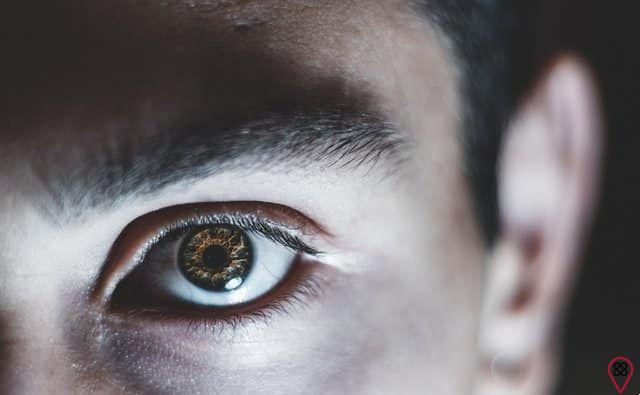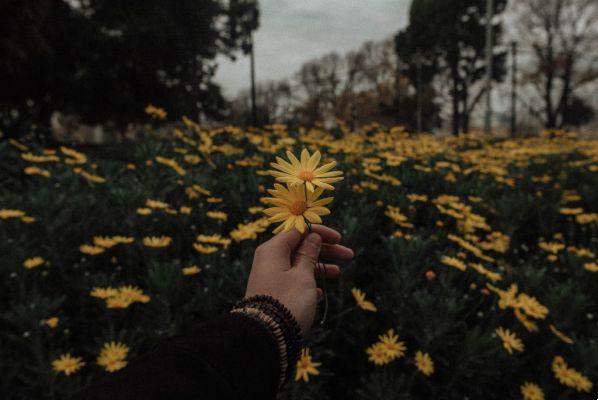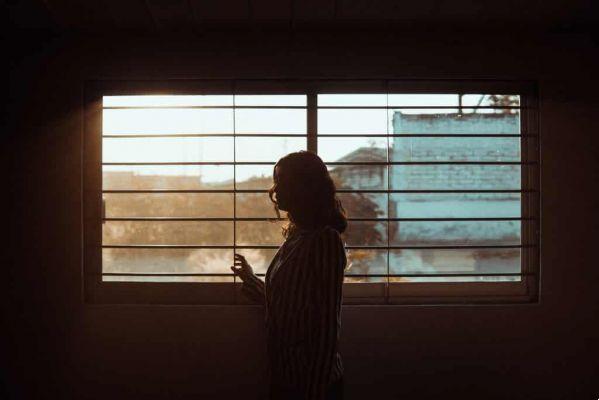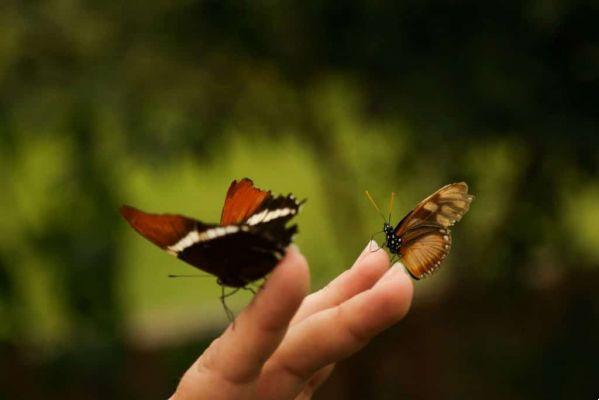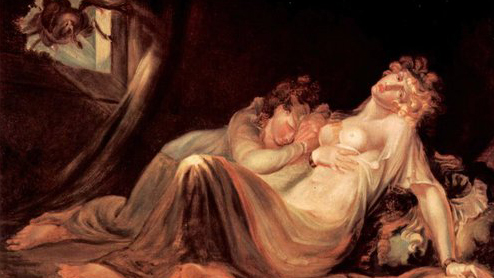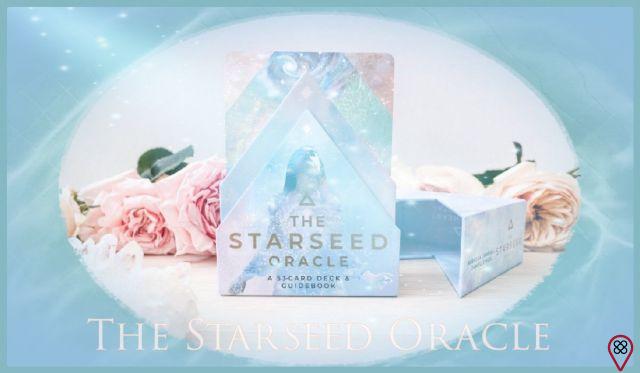Professional and personal achievements do not shield anyone from sadness. To be quite honest, it is much more common than joy, because the frustrations present themselves to us with greater frequency and intensity.
Loss of job, end of relationship, death of a loved one… Some people only use one or two fingers of one hand to count their joys, on the other hand, to list the bad experiences it would have to be a mixture of octopus and centipede.
Even though it is something inherent to human existence, we live in an era where happiness is an obligation. If before the margarine commercials with families and pets smiling because of the warm bread were the apex of joy, today, social networks work as a “happiness meter”. In them, everyone is happy, relationships are true fairy tales and family life is always harmonious.
In this obligation to be happy all the time, people are increasingly sad, even though they have everything that is considered ideal to be happy and they feel guilty about it. The anguish of running away sadness how the devil escapes the cross generates a boom in the sale of antidepressants. In the year 2000, the sale of Prozac, known as the “happy pill”, put almost 3 billion dollars in the coffers of the laboratory.

But sadness is a good thing
A sadness can be beneficial. American psychologist Martin Seligman explains that sad moments they make us realize what we like, want and, above all, what we don't like and what we don't want. Psychiatrist Eduardo Ferreira Santos explains that be sad leads us to reflect more clearly on the facts, and this avoids repeating mistakes.
To prove that “there are evils that come for good”, Harvard Medical School, in Boston, analyzed 17 depressed volunteers and they were more creative than people without psychological problems, confirming that even the pathological sadness has its positive effects.
sadness and art
What would art be without the sadness? Proof that it can be beneficial is that great artists had the peak of their production during sad days. Beethoven transformed the great sadness caused by deafness and impossible loves in works of art. The Ninth Symphony, for example, was composed at the height of melancholy. Franz Schubert and Fernando Pessoa also used their sorrows and frustrations in your art.
Another artist who had the sadness as inspiration was the artist Hélio Leites. He created the short film Thomás Tristonho, which tells the story of a 16-year-old boy who “believes he can make everything he touches sad”. The film won the Milano Film Festival in 2013, with a light reflection on the insecurity and sadness.
How to use sadness to your advantage?
When beat the sadness, do not ignore this and try to see it as an important process for your growth. See what to do when be sad:
- Recognize what caused it.
- Be alone if you want, don't force situations to show others that nothing shakes you.
- Take a break from social media so you don't compare your life with that of your friends.
- Put your feelings, thoughts, fears and dreams on paper. Great talents can emerge from there.
- Do some physical exercise, a walk close to home or in a park will do you a lot of good.
When are sad, always remember the phrase by the artist Hélio Leites: “Sadness makes you see other things that joy doesn't let you see”.
See other thoughts on the subject. If you want to tell us what you do to overcome the sadness, share in the comments.
Text written by Sumaia de Santana Salgado from the Eu Sem Fronteiras Team






